Relationship Theories
January 26, 2024//
- Attachment Theory: Developed by John Bowlby and Mary Ainsworth, Attachment Theory is a psychological, evolutionary, and ethological theory concerning relationships between humans, particularly long-term relationships such as those between parents and children and romantic partners. The core idea is that early relationships with caregivers shape an individual’s expectations for future relationships. This theory outlines four attachment styles:
- Secure Attachment: Characterised by trust, a sense of security, and a positive view of oneself and others. Securely attached individuals are comfortable with intimacy and independence.
- Anxious-Preoccupied Attachment: These individuals are often insecure about their relationships, craving closeness but worried about their partner’s ability to reciprocate.
- Dismissive-Avoidant Attachment: People with this style often maintain emotional distance from their partners. They may feel that they don’t need close relationships and can be self-reliant.
- Fearful-Avoidant Attachment (Disorganised): Involves a combination of avoidant and anxious attachment styles. Individuals might desire close relationships but be wary of trusting others.
- The Convoy Model: The Convoy Model of Social Relations, developed by Kahn and Antonucci, illustrates how social relationships change throughout life. It suggests that individuals are surrounded by a personal network, or “convoy,” of people that provide support. This convoy moves with them throughout their lifespan. The model emphasises:
- The structure of the social network, including size, composition, and frequency of contact.
- The function of the network, focusing on the types of support provided (emotional, instrumental, informational).
- The quality of relationships, considering the positive and negative aspects of social interactions.
It posits that social relations are critical for both mental and physical health and that the quality of our social network can significantly impact our well-being as we age.
- Socioemotional Selectivity Theory: Developed by Laura Carstensen, this theory posits that as people age, they perceive their time as limited, leading them to prioritise emotionally meaningful goals and experiences. The key points include:
- Selective Social Interaction: Older adults tend to prefer smaller social networks with deeper emotional connections, often prioritising close, meaningful relationships over acquiring new social contacts or seeking superficial interactions.
- Emotional Regulation: There’s an increased focus on regulating emotions, with a preference for positive over negative interactions and experiences.
- Motivational Changes: The theory emphasises that the perception of time influences motivational goals, shifting from knowledge acquisition (common in younger individuals) to emotional satisfaction in older age.
- Evolutionary Psychology: This perspective applies principles of evolution, such as natural selection, to understand the development of human behaviour and social relationships. Key concepts include:
- Mate Selection: The theory posits that certain traits are preferred in mates because they enhance reproductive success. For instance, physical attractiveness might be viewed as a sign of health and fertility.
- Parental Investment Theory: This concept, proposed by Robert Trivers, suggests that the amount of investment a parent puts into raising offspring influences mating behaviours and roles. Typically, the sex investing more in offspring (often females) is more selective in mate choice.
- Kin Selection: Suggests that behaviours that help genetic relatives are favoured by natural selection. This explains altruism among family members as a means of promoting the survival of shared genes.
Each of these theories offers a unique lens through which to view human relationships, emphasising different aspects such as emotional bonds, social networks, life stages, and evolutionary influences.
Posted in Blog
Latest Blogs
Orgasm meditation
By tomdignam2024 |
Orgasm meditation (OM), also known as orgasmic meditation, is a mindfulness sexual wellness practice that focuses on sensation ...
Is It Your Partner’s ‘Job’ to Satisfy Your Needs?
By tomdignam2024 |
Inter & Intrapersonal needs are an important aspect of personal and relational well-being. It's vital to recognise that ...
Acceptance and Commitment Therapy (ACT)
By tomdignam2024 |
Acceptance and Commitment Therapy (ACT) is a unique and creative form of therapy that focuses on enhancing psychological ...
Read More Are We Truly Monogamous?
By tomdignam2024 |
The concept of monogamy versus polyamory or polygamy in human societies is indeed complex and nuanced. A perspective ...
Read More Is It Your Partner’s ‘Job’ to Satisfy Your Needs?
By tomdignam2024 |
Inter & Intrapersonal needs are an important aspect of personal and relational well-being. It's vital to recognise that ...
Read More Orgasm meditation
By tomdignam2024 |
Orgasm meditation (OM), also known as orgasmic meditation, is a mindfulness sexual wellness practice that focuses on sensation ...
Read More 





